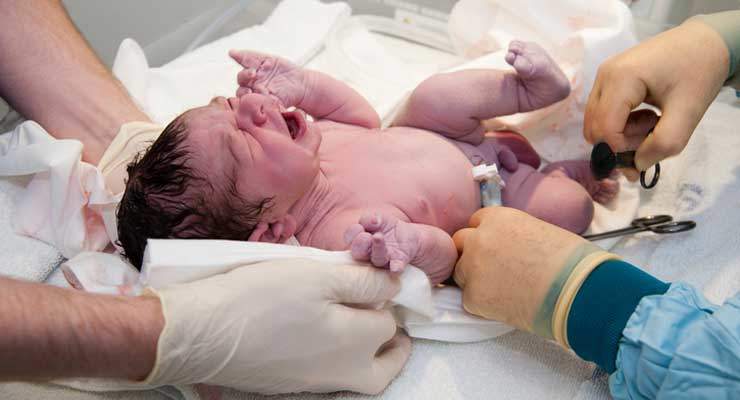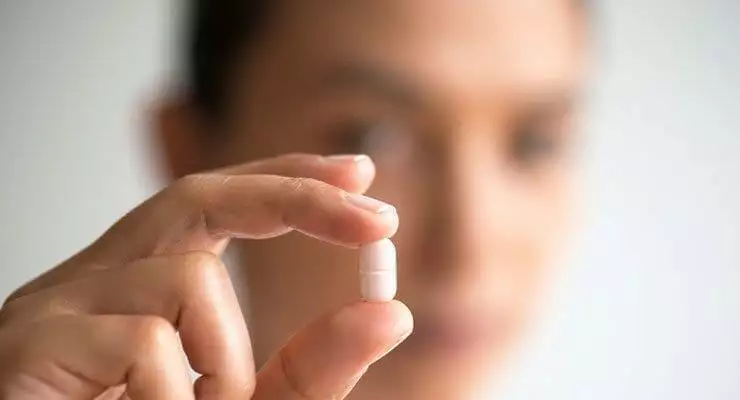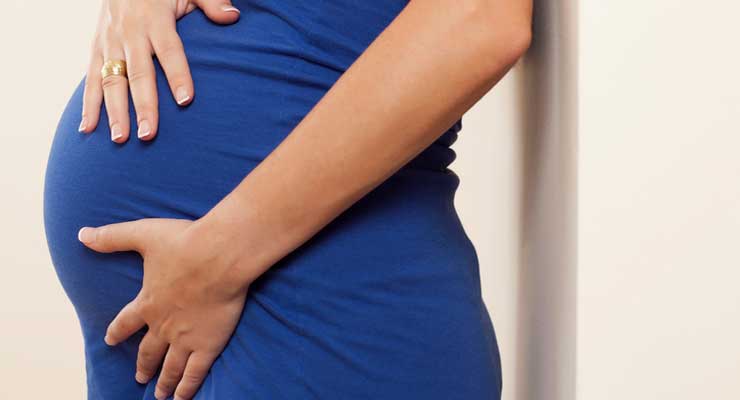In the United States, the common custom of the father, or another important person in the newborn’s life, cutting the umbilical cord holds significance for the new family. It marks the end of the pregnancy and beginning of a new life in a way that allows the father or family member to participate in the birth of the baby. The preservation of the umbilical cord, common in many Asian and African cultures, further celebrates the birth of the child and exemplifies the significance of the umbilical cord. Making a keepsake out of an umbilical cord may seem more than a little extreme at first, but many moms see more than just a scab or unwanted tissue. They see the emotional value of preserving the very item that allowed them to nourish their baby for nine months.
Step 1
Clean the umbilical cord with a cotton ball soaked in alcohol. Wear latex gloves if you do not want to handle the cord with your bare hands.
Step 2
Place a longer piece of cord on a piece of cardboard and set it out to dry in a well-ventilated area. The size of cardboard you need depends on the size of the cord and the arrangement of the cord. Arrange the umbilical cord in the shape that you want the cord to dry in, such as a heart. Once dry, you may not be able to shape the cord, because it may crack.
Step 3
Save just the umbilical cord stump, if you do not want to save the entire umbilical cord. This will fall off your newborn in seven to 10 days after birth and often is completely dried out by this time. If it is not dry, clean and dry it as you would the entire cord.
Step 4
Make a keepsake out of the cord that means something to you. Options include mounting it in a shadow box with photos of your newborn or placing it in the baby book or scrapbook. Some people choose to keep the cord in a special box or satchel.





